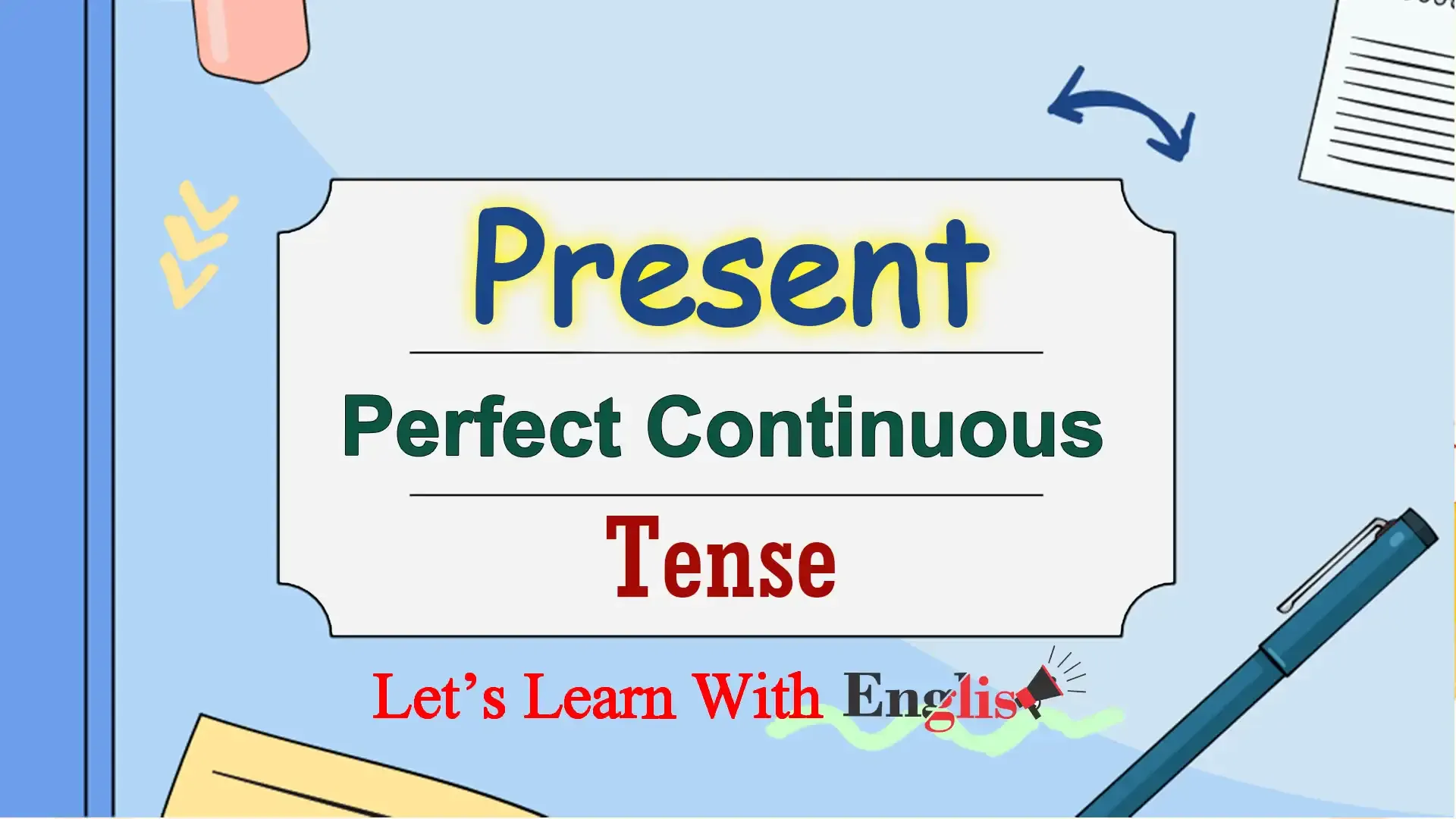Present
Perfect Continuous Tense is the subpart of Present Tense which is generally
used to express an action that is running or in process with the time.
Whenever we conversate in English and want to say or talk the moment which is
happening in the respect of time then we take help of Present perfect
continuous tense.
Learn Present Perfect Continuous In Hindi
For understanding Present Perfect Continuous Tense, you will
get so many ways. But if you belong to India then you can understand it and
practice it very well as you will learn it in Hindi. Englispeaker is the
platform where you get a precise knowledge of all Tenses and learn spoken English
by following englispeaker.
Learning Present Perfect Continuous Tense in Hindi becomes so
easy for all Hindi speakers and helpful for nearly all Indian citizens. This blog
will help you to understand and practice Present Perfect Continuous Tense. This
blog will impart to you, which form of the verb is used, what is the helping verb
and how to make sentences on various conditions.
You will completely feel comfortable in learning tenses
whether you’re a Hindi speaker or non-Hindi speaker. But in advantage, if you have
some basic knowledge of Hindi then it would be like adding feather into
the cab.
Here, we have something to understand or learn to practice
and get expertise in the Present Perfect Continuous Tense. So, following terms
or phrases need to look in order to learn as they are the core part of
understanding Present Perfect Continuous Tense.
Has/Have + been– as helping verb
Fourth form of Verb (V4 or V1 + ing)– as main verb
6 conditions
Sentences end in Hindi by रहा है, रही है, रहे है with time.
Sentences end in Hindi by रहा है, रही है, रहे है with time.
6 conditions
Simple –
Sub + has/have + been + V1 + ing + Object + since/for + Time.
e.g. He has been playing football for 2 hours.
Negative –
Sub + has/have + not + been + V1 + ing + Object + since/for +
Time.
e.g. He has not been playing football for 2 hours.
Interrogative –
Has/Have + Sub + been + V1 + ing + Object + since/for + Time?
e.g. Has he been playing football for 2 hours?
Interrogative negative –
Has/Have +Sub + not + been + V1 + ing + Object + since/for +
Time?
e.g. Has he not been playing football for 2 hours?
Double Interrogative –
W/H + has/have + Sub + been + V1 + ing + Object + since/for +
Time?
e.g. Why has he been playing football for 2 hours?
Double Interrogative negative –
W/H + has/have +Sub + not + been + V1 + ing + Object +
since/for + Time.
e.g. Why has he not been playing football for 2 hours?
Present Perfect Continuous Tense Rules
· ‘Since’ and ‘For’ are used in this
Tense to refer time or period of work.
· Since is used to display point of time or the definite time which can be called as fixed time such as 3 O’ Clock, 2019,
Morning, Yesterday, Evening, Last night, etc.
Examples──
Rahul has been doing his math homework since
5 O’ Clock.
Why have you not been eating
since morning?
· For is used to express the period of time or indefinite time
which can be known as unfixed time such as 8 Years, 4 Weak, 3 Days, 24 Hours,
30 Minutes, 10 Seconds, etc.
Examples ──
I have been driving for 5 hours.
I have been driving for 5 hours.
What has she been thinking
for 1 hour?
· To show an action which started at some
time in the past and is still continuing.
Examples ──
He is watching T.V since 10 O’clock. (Wrong) He has been watching T.V since 10 O’clock. (Right)



